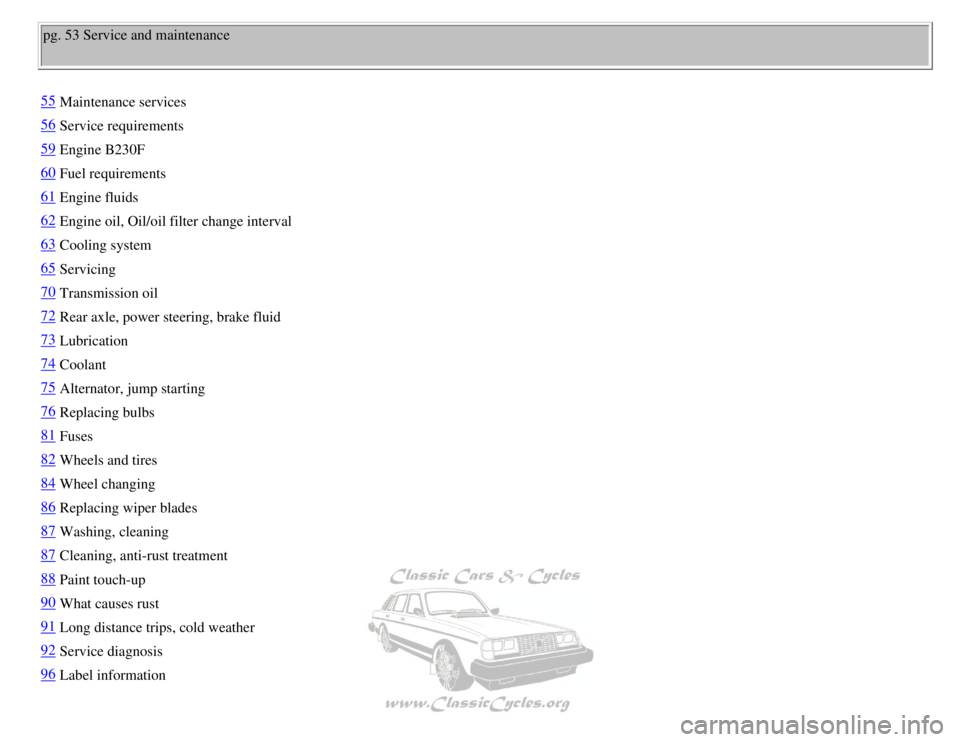Page 65 of 143
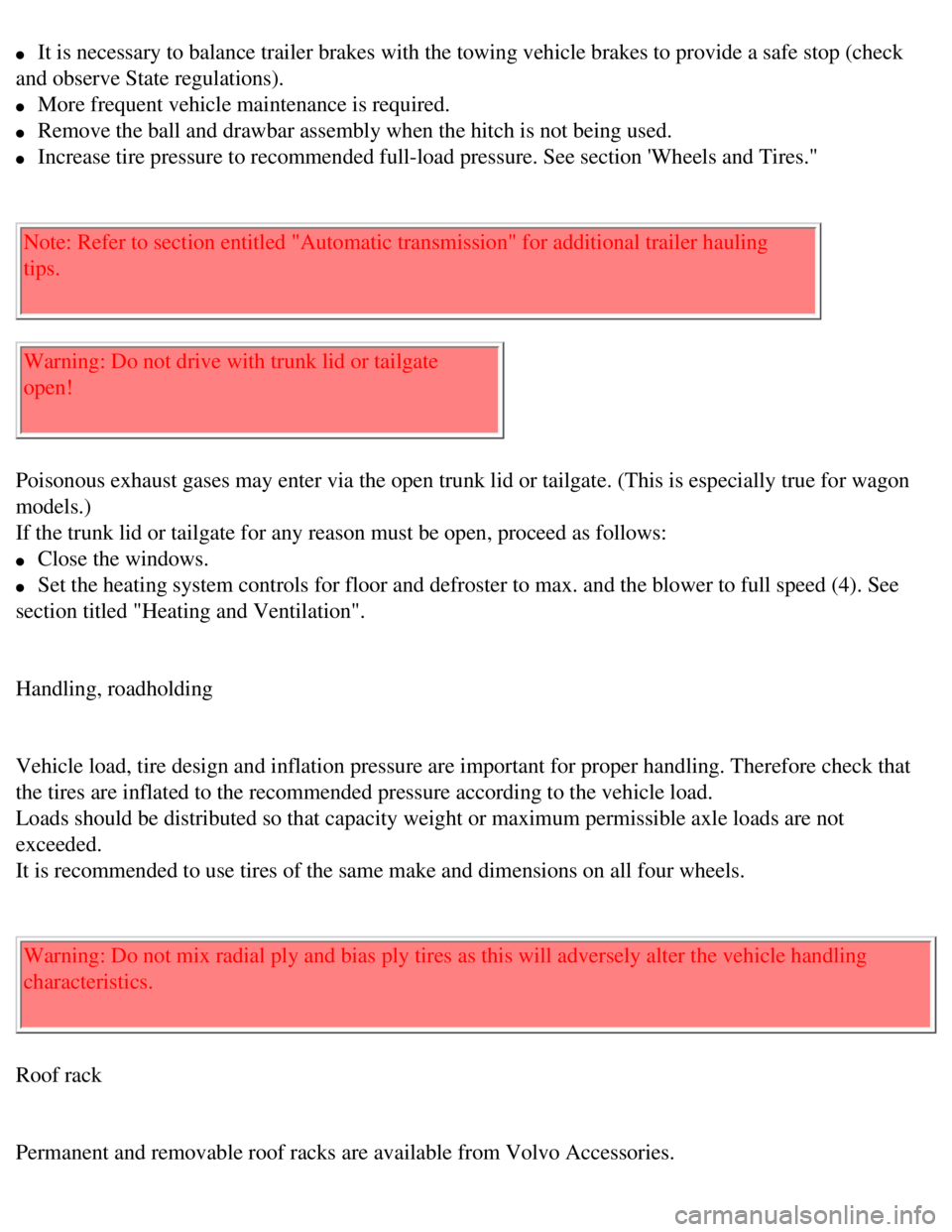
Volvo 1990 240 Model
l It is necessary to balance trailer brakes with the towing vehicle brakes\
to provide a safe stop (check
and observe State regulations).
l More frequent vehicle maintenance is required.
l Remove the ball and drawbar assembly when the hitch is not being used.
l Increase tire pressure to recommended full-load pressure. See section 'W\
heels and Tires."
Note: Refer to section entitled "Automatic transmission" for additional \
trailer hauling
tips.
Warning: Do not drive with trunk lid or tailgate
open!
Poisonous exhaust gases may enter via the open trunk lid or tailgate. (\
This is especially true for wagon
models.)
If the trunk lid or tailgate for any reason must be open, proceed as fol\
lows:
l Close the windows.
l Set the heating system controls for floor and defroster to max. and the \
blower to full speed (4). See
section titled "Heating and Ventilation".
Handling, roadholding
Vehicle load, tire design and inflation pressure are important for prope\
r handling. Therefore check that
the tires are inflated to the recommended pressure according to the vehi\
cle load.
Loads should be distributed so that capacity weight or maximum permissib\
le axle loads are not
exceeded.
It is recommended to use tires of the same make and dimensions on all fo\
ur wheels.
Warning: Do not mix radial ply and bias ply tires as this will adversely\
alter the vehicle handling
characteristics.
Roof rack
Permanent and removable roof racks are available from Volvo Accessories.\
file:///K|/ownersdocs/1990/1990_240/90240_11.htm (2 of 6)12/30/2006 8:\
25:06 AM
Page 66 of 143

Volvo 1990 240 Model
l Observe the following points when in use.
l Avoid point loads. Distribute the load evenly.
l Place the heavy cargo at bottom of load.
l Observe that center of gravity and handling are influenced by the load w\
eight.
l Increasing load size increases wind resistance.
l Anchor the cargo correctly with a cord.
l Drive carefully. Avoid rapid starts, heavy cornering and heavy braking. \
l Max. roof load is 220 lbs (100 kg); use a root rack with a sufficient \
load rating.
pg. 51 Automatic transmission, Brake system
The following "Special Tips" apply to cars with automatic transmission
l For steep hills and when driving for prolonged periods at low speeds, po\
sition 1 should be selected.
Avoid, however, repeated changes since this can cause overheating of the\
transmission oil. For driving
on mountain roads with long persistent uphill gradients, select position\
2.
l When negotiating long, steep, downhill slopes, position 1 should be sele\
cted and position 2 for less
severe inclines, in order to obtain the best possible engine braking eff\
ect.
Do not hold the car stationary on an incline by using the accelerator pe\
dal. Instead, engage the hand
brake. This prevents the transmission oil from becoming overheated.
l 4th gear must be disengaged when hauling a trailer!
l If an additional transmission oil cooler is installed you can haul a tra\
iler with the overdrive engaged.
See next "special tip".
l When driving with heavy trailers, it is recommended that an additional o\
il cooler be installed. This
applies especially when driving under severe conditions e.g. mountain dr\
iving or prolonged driving at
high speeds without breaks. The additional oil cooler is available as a \
genuine Volvo accessory.
Regarding oil change, see section titled "Transmission oil".
Moisture on brake discs and brake pads affects braking.
Driving in rain and slush or passing through a normal car wash can cause\
water to collect on the brake
discs and pads. This will cause a delay in braking effect when the pedal\
is depressed. To avoid such a
delay, when the brakes are needed, depress the pedal occasionally when d\
riving in rain or slush.
This will remove the water from the brakes.
This should also be done after washing or starting in very damp weather.\
If the brake power assist does not function --
file:///K|/ownersdocs/1990/1990_240/90240_11.htm (3 of 6)12/30/2006 8:\
25:06 AM
Page 67 of 143

Volvo 1990 240 Model
The power assist to the brakes functions only when the engine is running\
. When the car is moving
without the engine running the brake pedal pressure required to stop the\
car is increased 3- 4 times.
The brake pedal feels stiff and hard.
Disc brake noise: A slight-to-moderate amount of disc brake "squeal" is \
considered normal.
Air dam (front spoiler)
A non-factory air dam can negatively influence the normal flow of coolin\
g air to the front wheel brakes.
(See section titled "Wheels and Tires").
If one of the brake circuits should malfunction the red warning light wi\
ll come on
(See section titled "Warning Lights".)
The pedal stroke increases slightly and the pedal feels softer but the p\
edal pressure required does not
increase noticeably.
If the light comes on while driving and the brake pedal can be depressed\
further than normal, it is an
indication that one of the brake circuits is not functioning. Stop immed\
iately, open engine hood and
check brake fluid level.
Reservoir empty: do NOT drive. Tow car to shop for check/repair of brake\
system. Reservoir not empty:
proceed immediately and with caution to a Volvo dealer for an inspection\
of the brake system.
Severe strain on the brake system
The brakes will be subject to severe strain when driving in mountains or\
hilly areas. The speed is usually
low which means that the cooling of the brake is less efficient than whe\
n driving on level roads.
To reduce the strain on the brakes it is advisable not to use the brakes\
excessively.
Instead, shift into a lower gear and let the engine help with the brakin\
g. A good rule is to use the same
gear downhill as would be used ascending the same grade. For vehicles wi\
th automatic transmission use
position 2, or in some cases, 1.
file:///K|/ownersdocs/1990/1990_240/90240_11.htm (4 of 6)12/30/2006 8:\
25:06 AM
Page 68 of 143

Volvo 1990 240 Model
pg. 52 Catalytic Converter
Catalytic Converter Cautions
l Keep your engine properly tuned. Certain engine malfunctions, particular\
ly involving the electrical,
fuel or ignition systems, may cause unusually high converter temperature\
s. Do not continue to operate
your vehicle it you detect engine misfire, noticeable loss of power or o\
ther unusual operating conditions,
such as engine overheating or backfiring. A properly-tuned engine will h\
elp in avoiding malfunctions
that could damage the Catalytic Converter.
l Remember that tampering with or unauthorized modifications to the engine\
or the vehicle may be
illegal and can cause catalyst or exhaust system overheating. This inclu\
des:
-- Altering fuel injection settings or components.
-- Adjusting ignition timing beyond specified limits.
-- Altering emission system components or location or removing component\
s.
-- Use of leaded fuel.
WARNING: Do not park your car over combustible materials, such as grass \
or leaves, which can
come into contact with the hot exhaust system and cause such materials t\
o ignite under certain wind
and weather conditions.
l Excessive starter cranking (in excess of one continuous minute) with a\
n intermittently firing or
flooded engine, can cause catalyst or exhaust system overheating. This a\
lso applies to lengthy pushing or
towing of vehicle to start (manual transmissions only). Do not attempt\
to start a car with automatic
file:///K|/ownersdocs/1990/1990_240/90240_11.htm (5 of 6)12/30/2006 8:\
25:06 AM
Page 69 of 143
Volvo 1990 240 Model
transmission by pushing or towing .
CAUTION: Unleaded fuel is required for cars with catalytic converter. A \
label on the instrument panel
and rear fender, near the filler inlet, will remind owners and filling s\
tation attendants of this
requirement.
Important! It is unlawful to dispense leaded fuel into any vehicle label\
ed "unleaded gasoline only".
Contents | Top of Page
file:///K|/ownersdocs/1990/1990_240/90240_11.htm (6 of 6)12/30/2006 8:\
25:06 AM
Page 70 of 143
Volvo 1990 240 Model
pg. 53 Service and maintenance
55Maintenance services
56Service requirements
59Engine B230F
60Fuel requirements
61Engine fluids
62Engine oil, Oil/oil filter change interval
63Cooling system
65Servicing
70Transmission oil
72Rear axle, power steering, brake fluid
73Lubrication
74Coolant
75Alternator, jump starting
76Replacing bulbs
81Fuses
82Wheels and tires
84Wheel changing
86Replacing wiper blades
87Washing, cleaning
87Cleaning, anti-rust treatment
88Paint touch-up
90What causes rust
91Long distance trips, cold weather
92Service diagnosis
96Label information
file:///K|/ownersdocs/1990/1990_240/90240_12.htm (1 of 7)12/30/2006 8:\
25:07 AM
Page 71 of 143
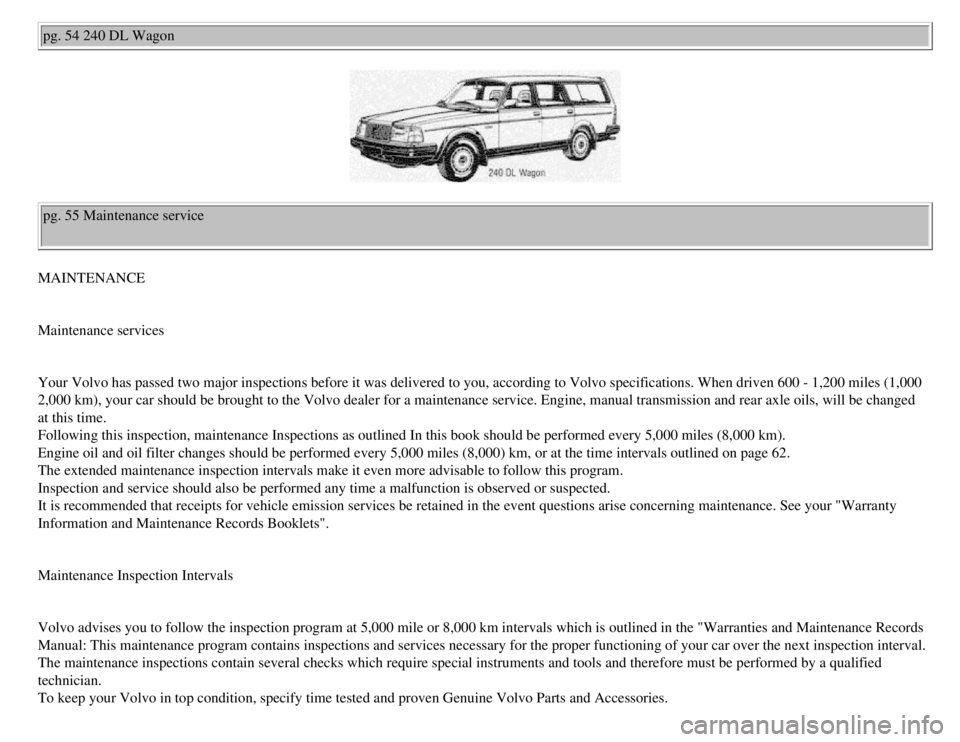
Volvo 1990 240 Model
pg. 54 240 DL Wagon
pg. 55 Maintenance service
MAINTENANCE
Maintenance services
Your Volvo has passed two major inspections before it was delivered to y\
ou, according to Volvo specifications. When driven 600 - 1,200 miles (1,000
2,000 km), your car should be brought to the Volvo dealer for a mainten\
ance service. Engine, manual transmission and rear axle oils, will be changed
at this time.
Following this inspection, maintenance Inspections as outlined In this b\
ook should be performed every 5,000 miles (8,000 km).
Engine oil and oil filter changes should be performed every 5,000 miles \
(8,000) km, or at the time intervals outlined on page 62.
The extended maintenance inspection intervals make it even more advisabl\
e to follow this program.
Inspection and service should also be performed any time a malfunction i\
s observed or suspected.
It is recommended that receipts for vehicle emission services be retaine\
d in the event questions arise concerning maintenance. See your "Warranty
Information and Maintenance Records Booklets".
Maintenance Inspection Intervals
Volvo advises you to follow the inspection program at 5,000 mile or 8,00\
0 km intervals which is outlined in the "Warranties and Maintenance Records
Manual: This maintenance program contains inspections and services neces\
sary for the proper functioning of your car over the next inspection interval.
The maintenance inspections contain several checks which require special\
instruments and tools and therefore must be performed by a qualified
technician.
To keep your Volvo in top condition, specify time tested and proven Genu\
ine Volvo Parts and Accessories.
file:///K|/ownersdocs/1990/1990_240/90240_12.htm (2 of 7)12/30/2006 8:\
25:07 AM
Page 72 of 143
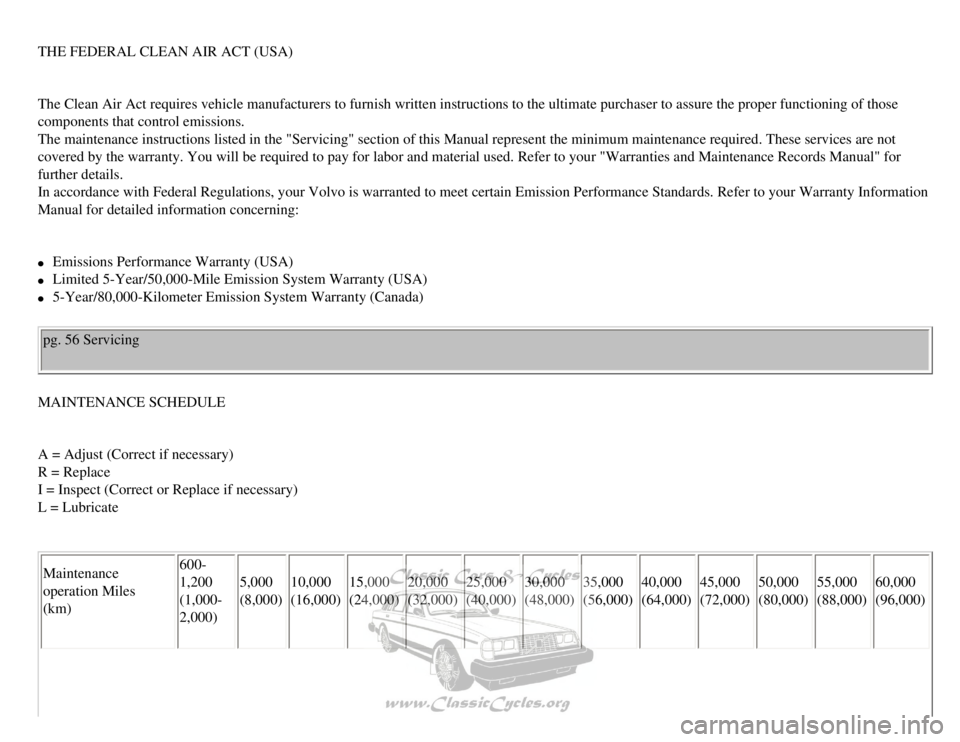
Volvo 1990 240 Model
THE FEDERAL CLEAN AIR ACT (USA)
The Clean Air Act requires vehicle manufacturers to furnish written inst\
ructions to the ultimate purchaser to assure the proper functioning of those
components that control emissions.
The maintenance instructions listed in the "Servicing" section of this M\
anual represent the minimum maintenance required. These services are not
covered by the warranty. You will be required to pay for labor and mater\
ial used. Refer to your "Warranties and Maintenance Records Manual" for
further details.
In accordance with Federal Regulations, your Volvo is warranted to meet \
certain Emission Performance Standards. Refer to your Warranty Information
Manual for detailed information concerning:
l Emissions Performance Warranty (USA)
l Limited 5-Year/50,000-Mile Emission System Warranty (USA)
l 5-Year/80,000-Kilometer Emission System Warranty (Canada)
pg. 56 Servicing
MAINTENANCE SCHEDULE
A = Adjust (Correct if necessary)
R = Replace
I = Inspect (Correct or Replace if necessary)
L = Lubricate
Maintenance
operation Miles
(km) 600-
1,200
(1,000-
2,000)
5,000
(8,000)
10,000
(16,000) 15,000
(24,000) 20,000
(32,000) 25,000
(40,000) 30,000
(48,000) 35,000
(56,000) 40,000
(64,000) 45,000
(72,000) 50,000
(80,000) 55,000
(88,000) 60,000
(96,000)
file:///K|/ownersdocs/1990/1990_240/90240_12.htm (3 of 7)12/30/2006 8:\
25:07 AM
 1
1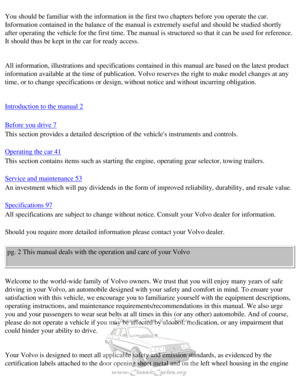 2
2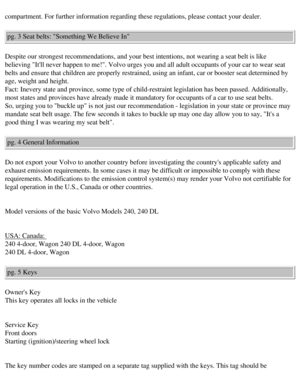 3
3 4
4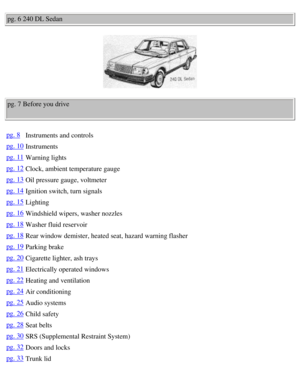 5
5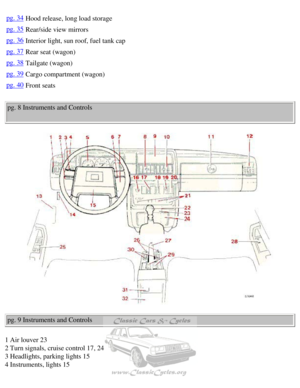 6
6 7
7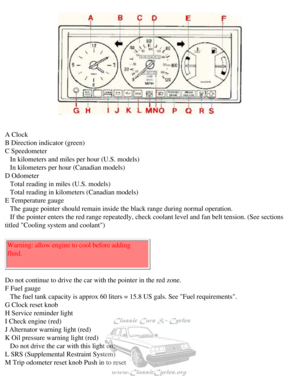 8
8 9
9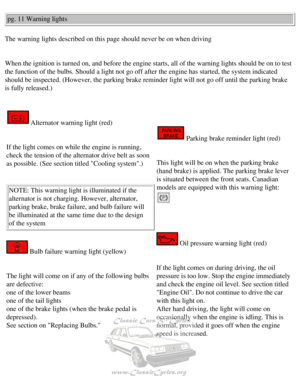 10
10 11
11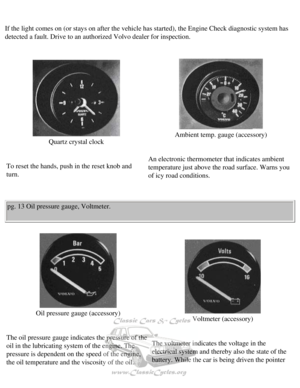 12
12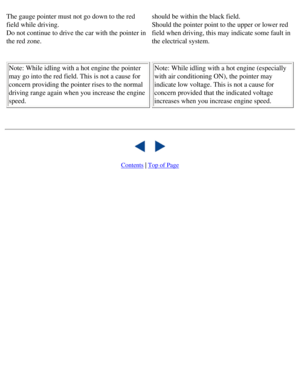 13
13 14
14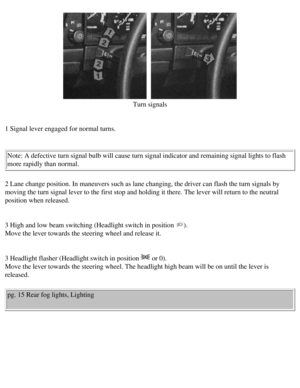 15
15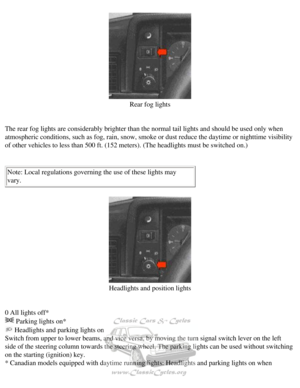 16
16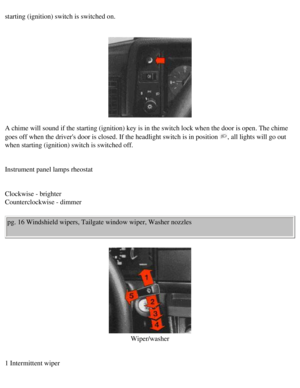 17
17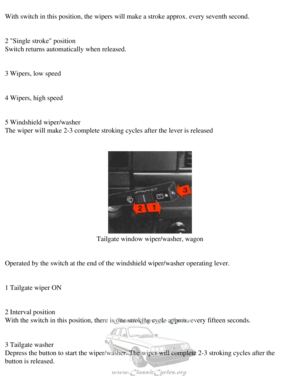 18
18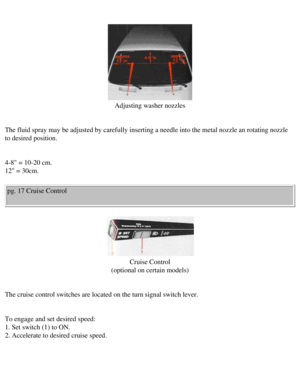 19
19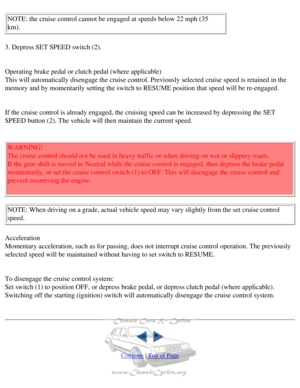 20
20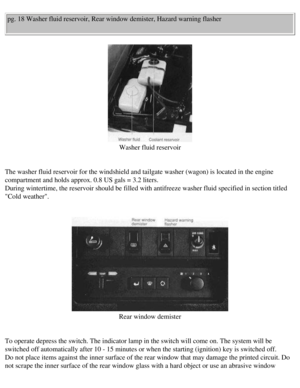 21
21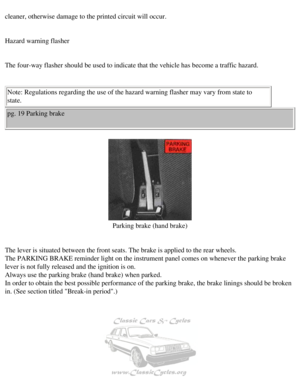 22
22 23
23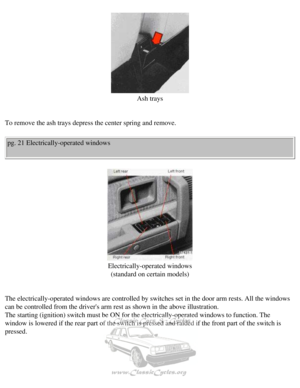 24
24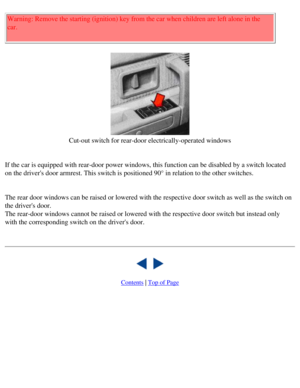 25
25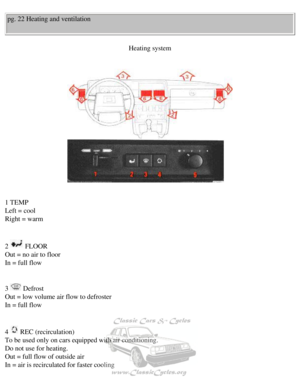 26
26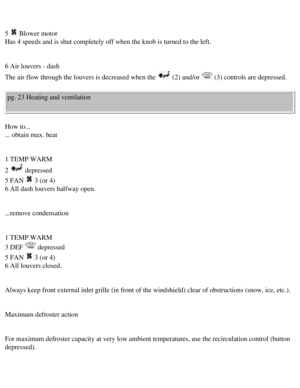 27
27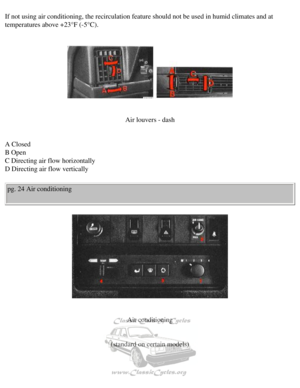 28
28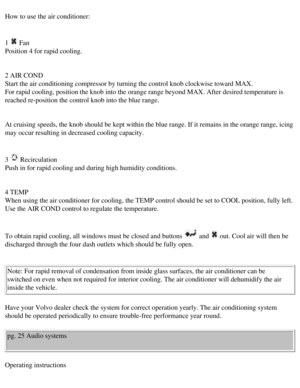 29
29 30
30 31
31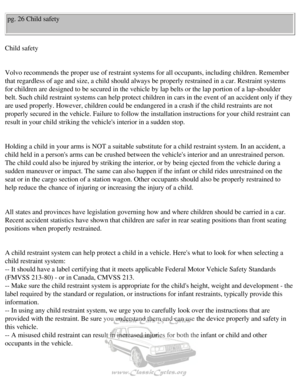 32
32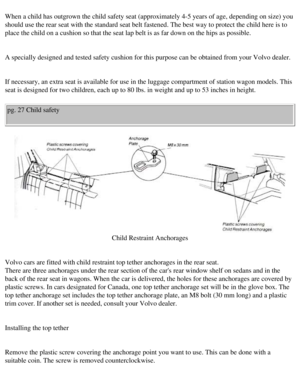 33
33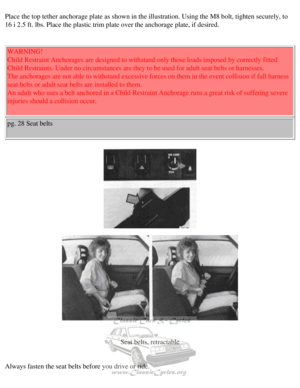 34
34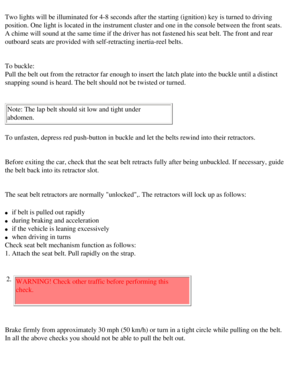 35
35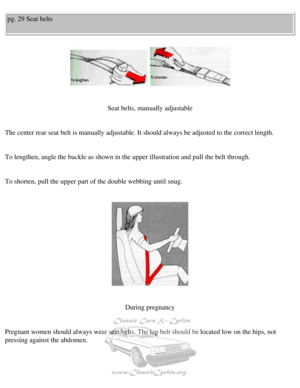 36
36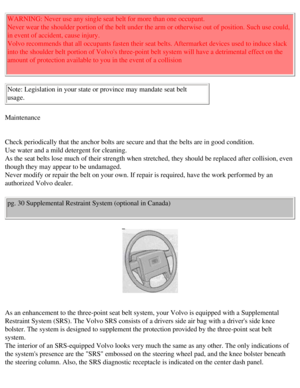 37
37 38
38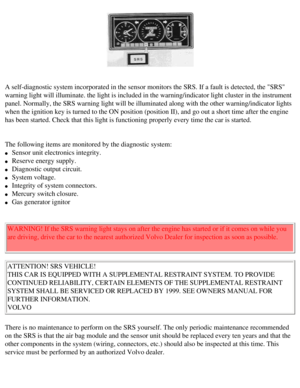 39
39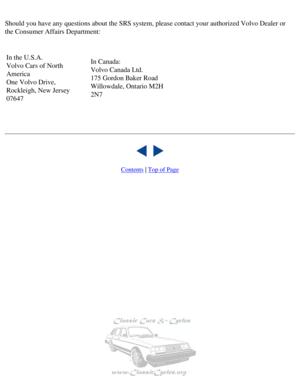 40
40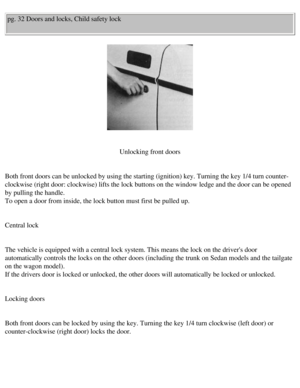 41
41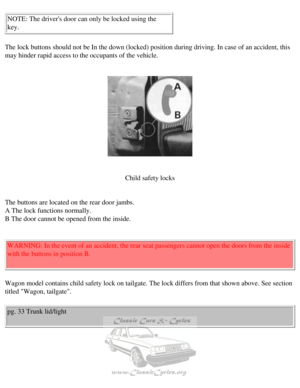 42
42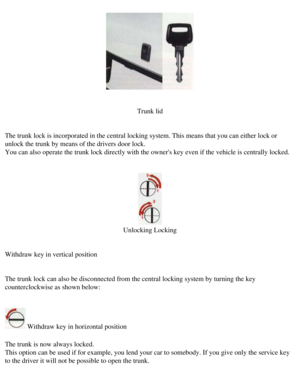 43
43 44
44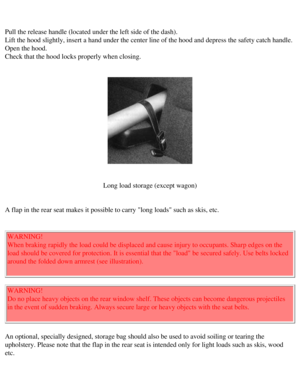 45
45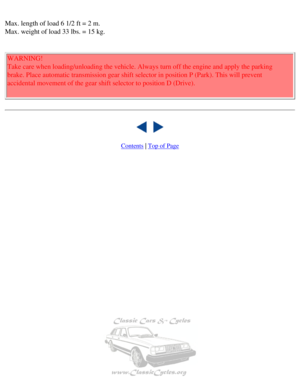 46
46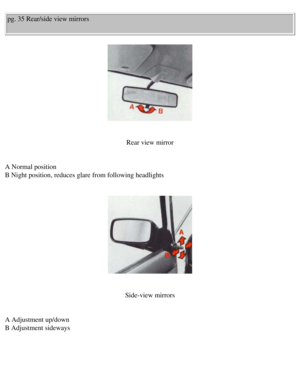 47
47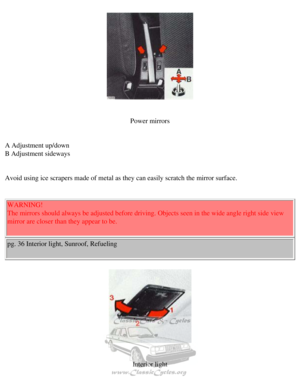 48
48 49
49 50
50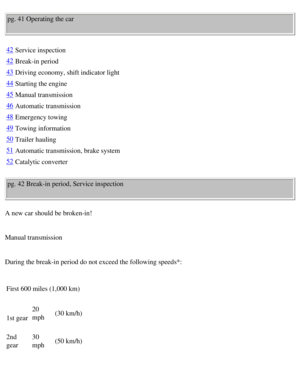 51
51 52
52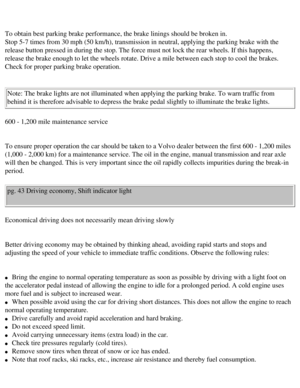 53
53 54
54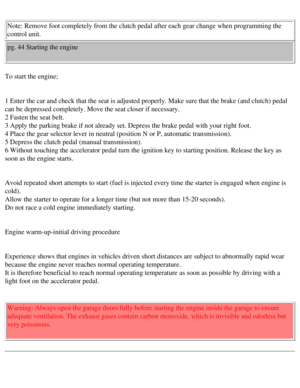 55
55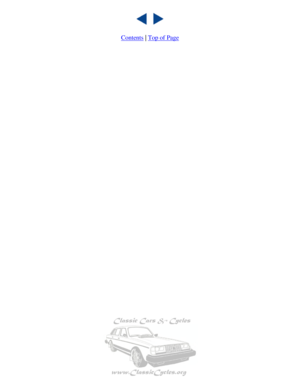 56
56 57
57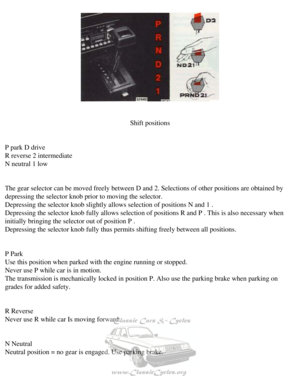 58
58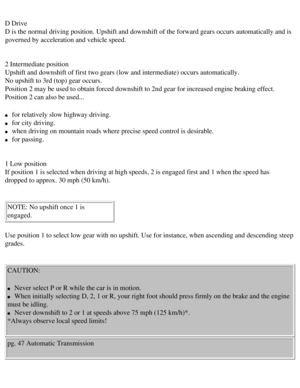 59
59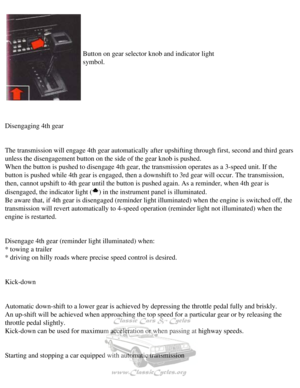 60
60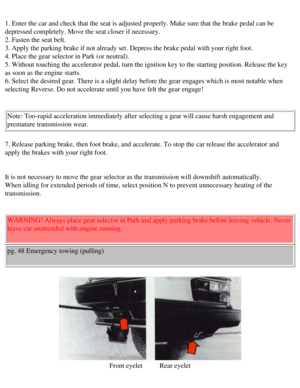 61
61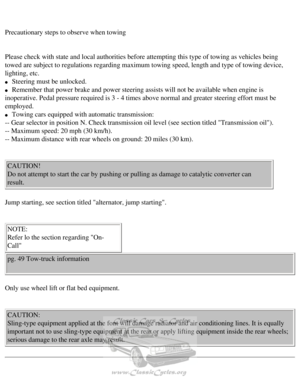 62
62 63
63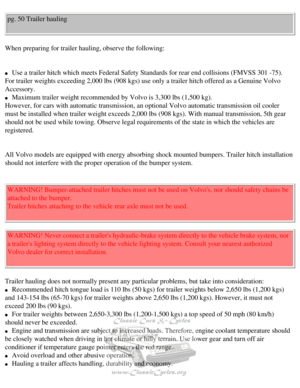 64
64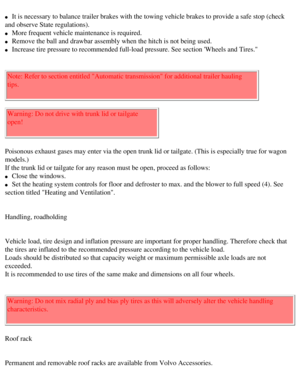 65
65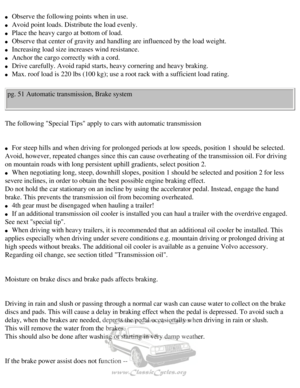 66
66 67
67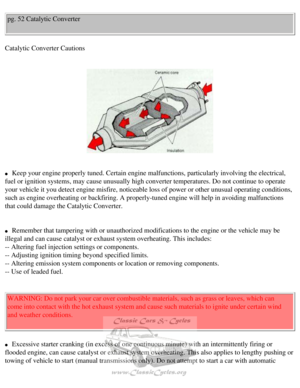 68
68 69
69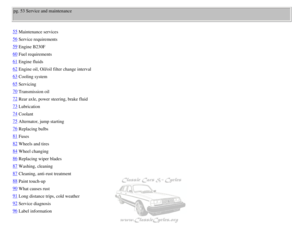 70
70 71
71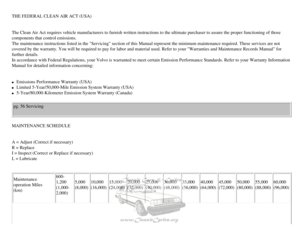 72
72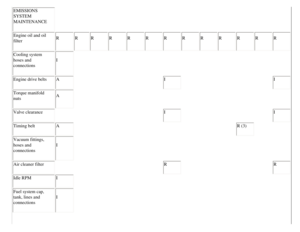 73
73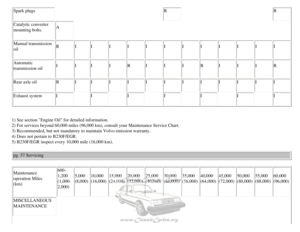 74
74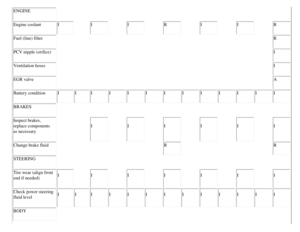 75
75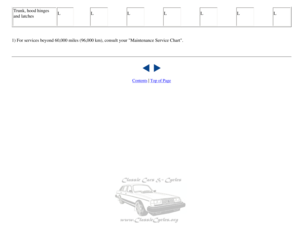 76
76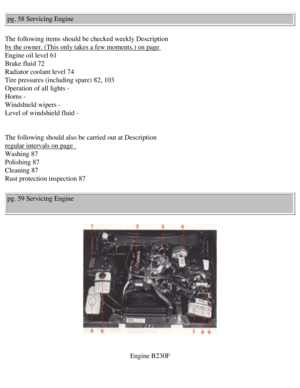 77
77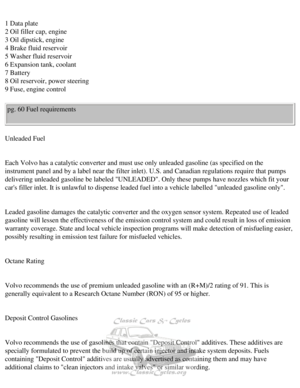 78
78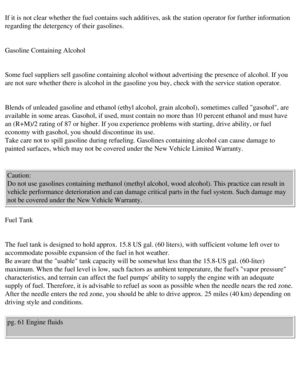 79
79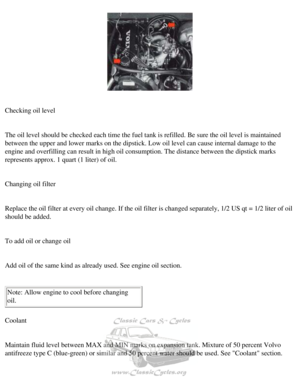 80
80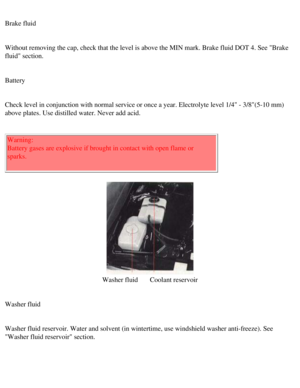 81
81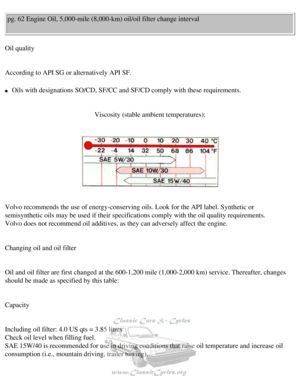 82
82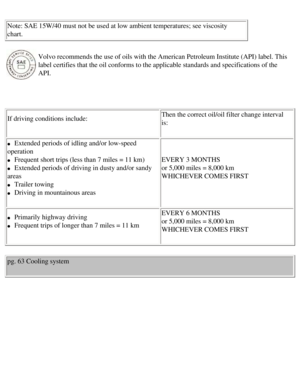 83
83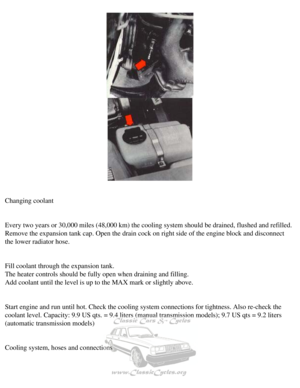 84
84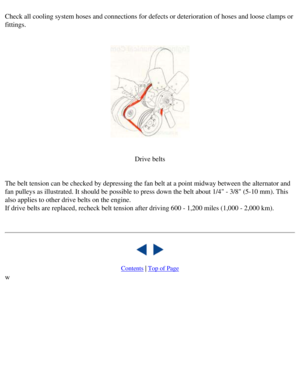 85
85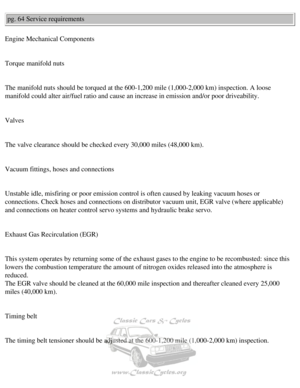 86
86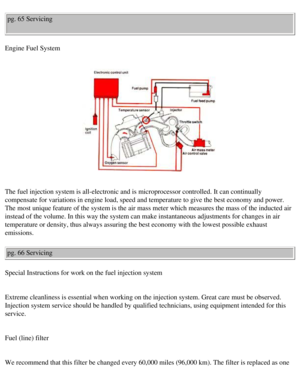 87
87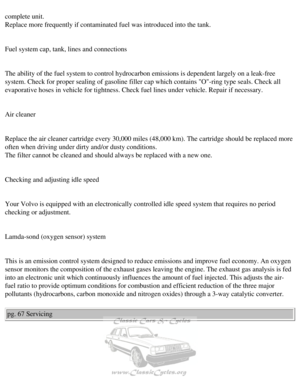 88
88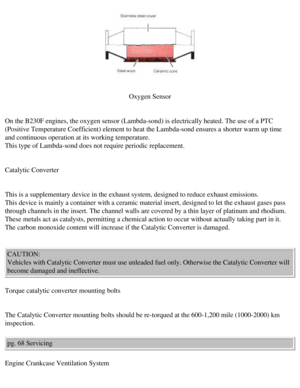 89
89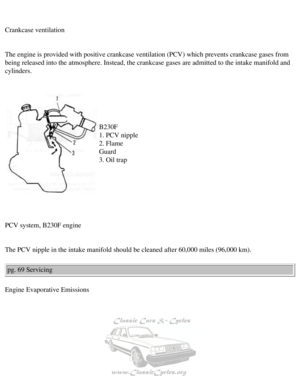 90
90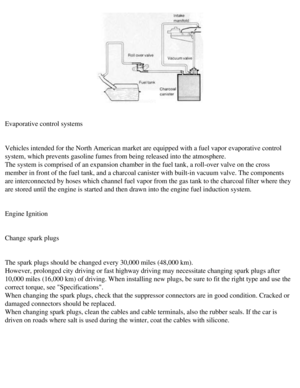 91
91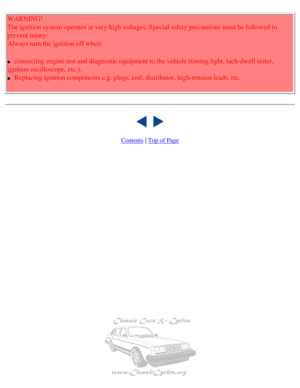 92
92 93
93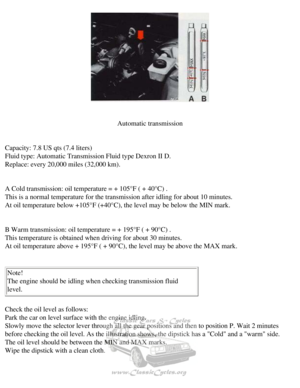 94
94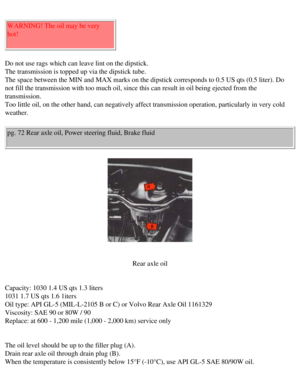 95
95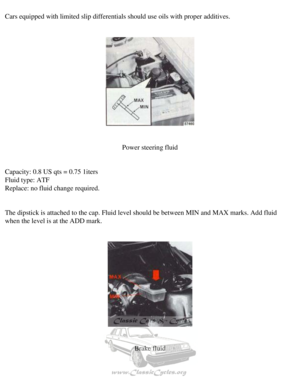 96
96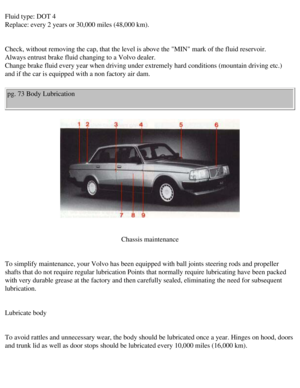 97
97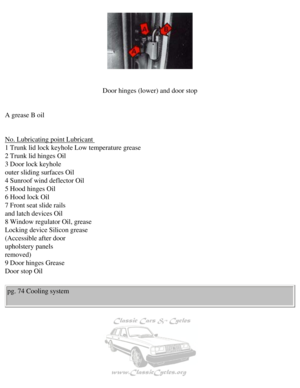 98
98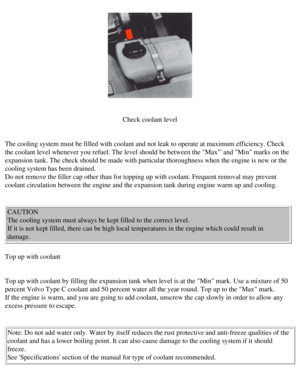 99
99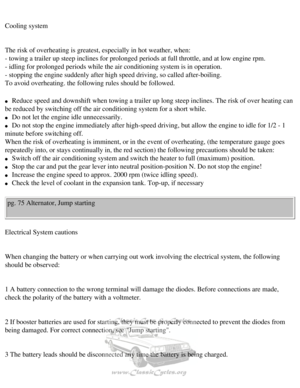 100
100 101
101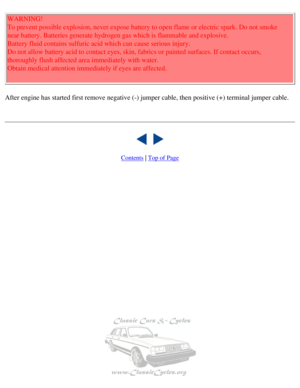 102
102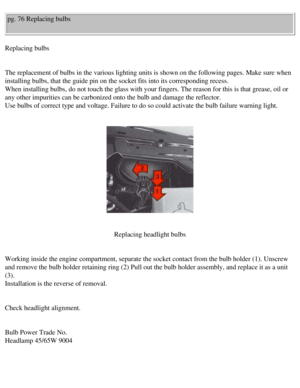 103
103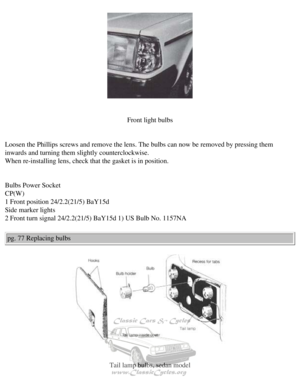 104
104 105
105 106
106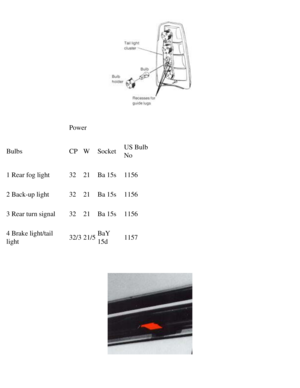 107
107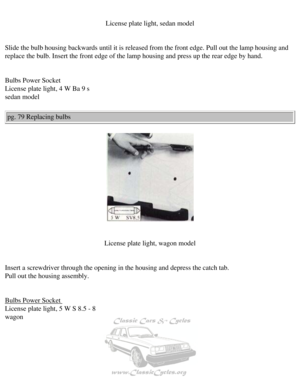 108
108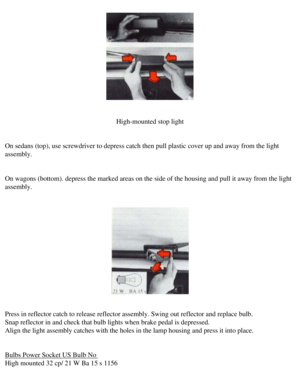 109
109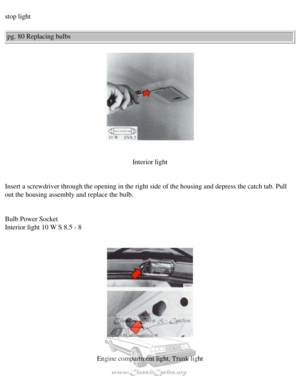 110
110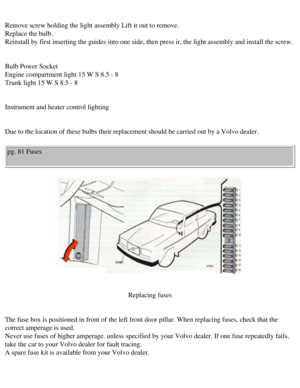 111
111 112
112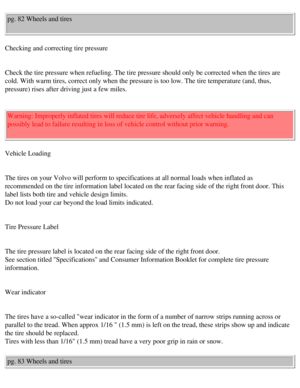 113
113 114
114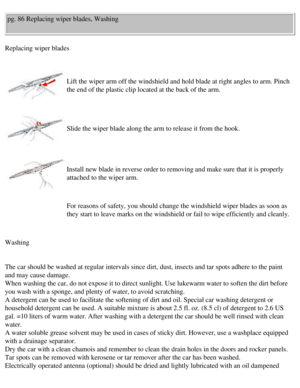 115
115 116
116 117
117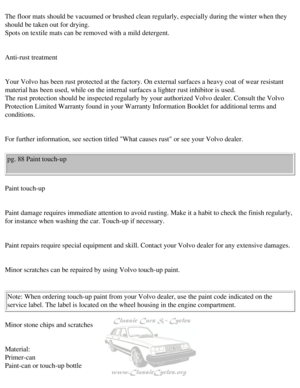 118
118 119
119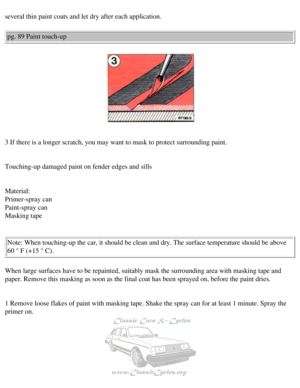 120
120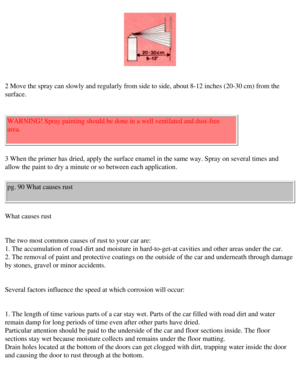 121
121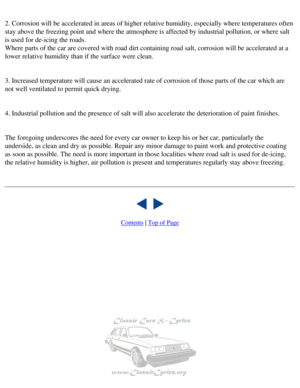 122
122 123
123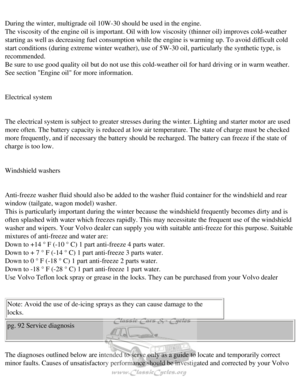 124
124 125
125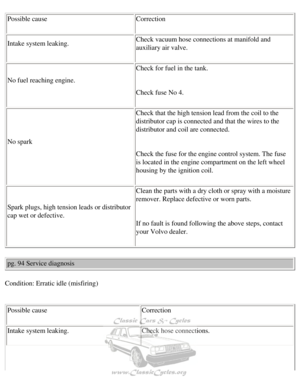 126
126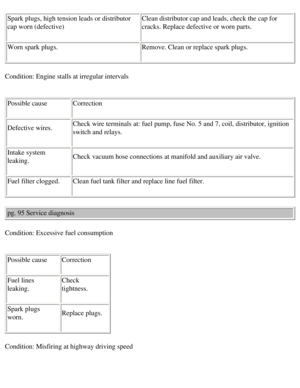 127
127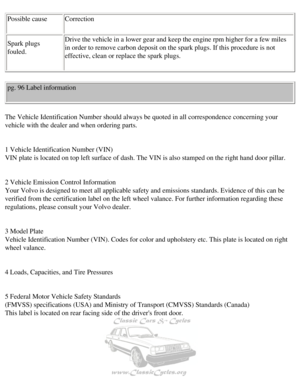 128
128 129
129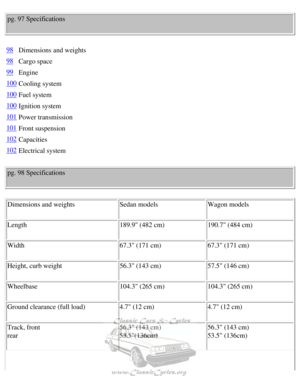 130
130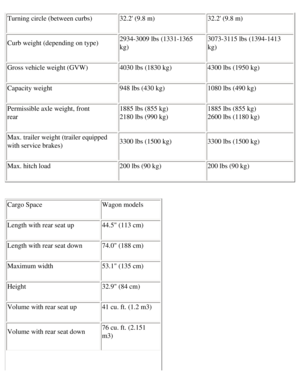 131
131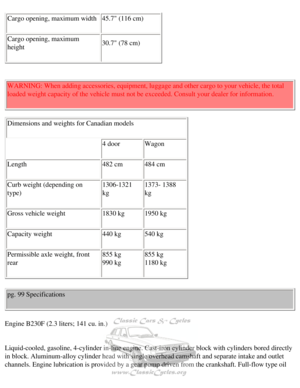 132
132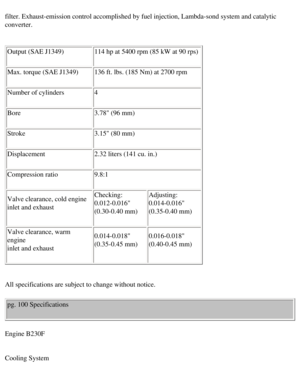 133
133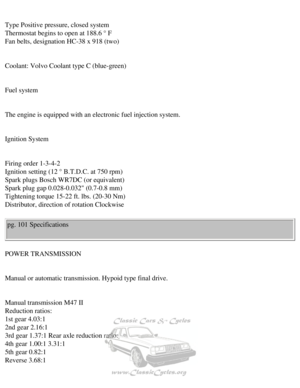 134
134 135
135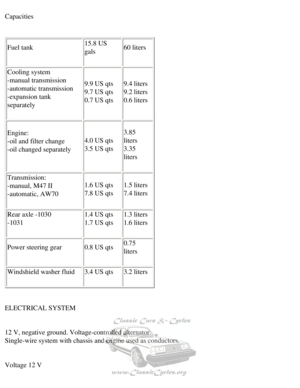 136
136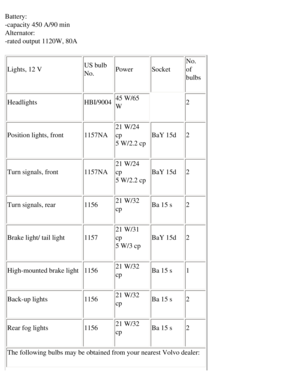 137
137 138
138 139
139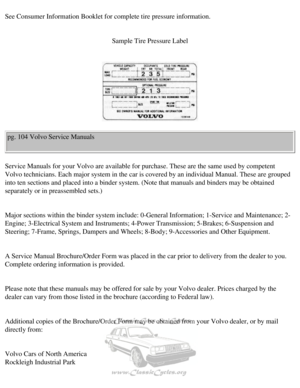 140
140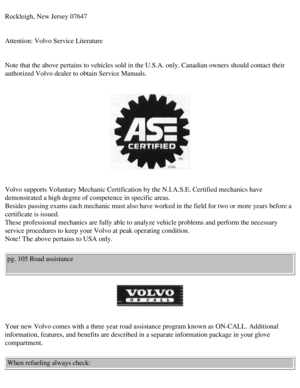 141
141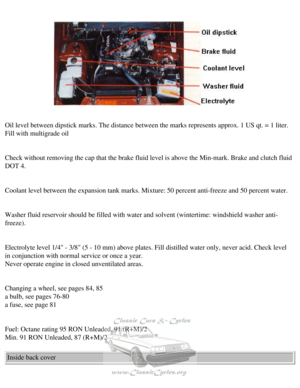 142
142




